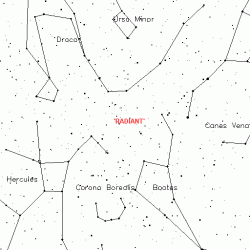Ancient Pueblo Indians brewed their own brand of corn beer, a new study suggests, contradicting claims that the group remained dry until their first meeting with the Europeans.
Archaeologists recently found that 800-year-old potsherds belonging to the Pueblos of the American Southwest contained bits of fermented residue typical in beer production.
Before the discovery, historians thought a pocket of Pueblos in New Mexico did not have alcohol at all, despite being surrounded by other beer-making tribes, until the Spanish arrived with grapes and wine in the 16th century.
The tests were done using a highly sensitive set of scanning technologies at Sandia National Laboratories, a U.S. government facility that usually employs the gadgetry for national defense.

|
| ©Randy Montoya
|
| Sandia researcher Ted Borek used gas chromatography and mass spectrometry to analyze vapors produced by mild heating of pot samples.
|


Comment: According to the gathered data and research, pretty soon Jewitt will have an opportunity to observe up close and personal many of those interstellar comets.